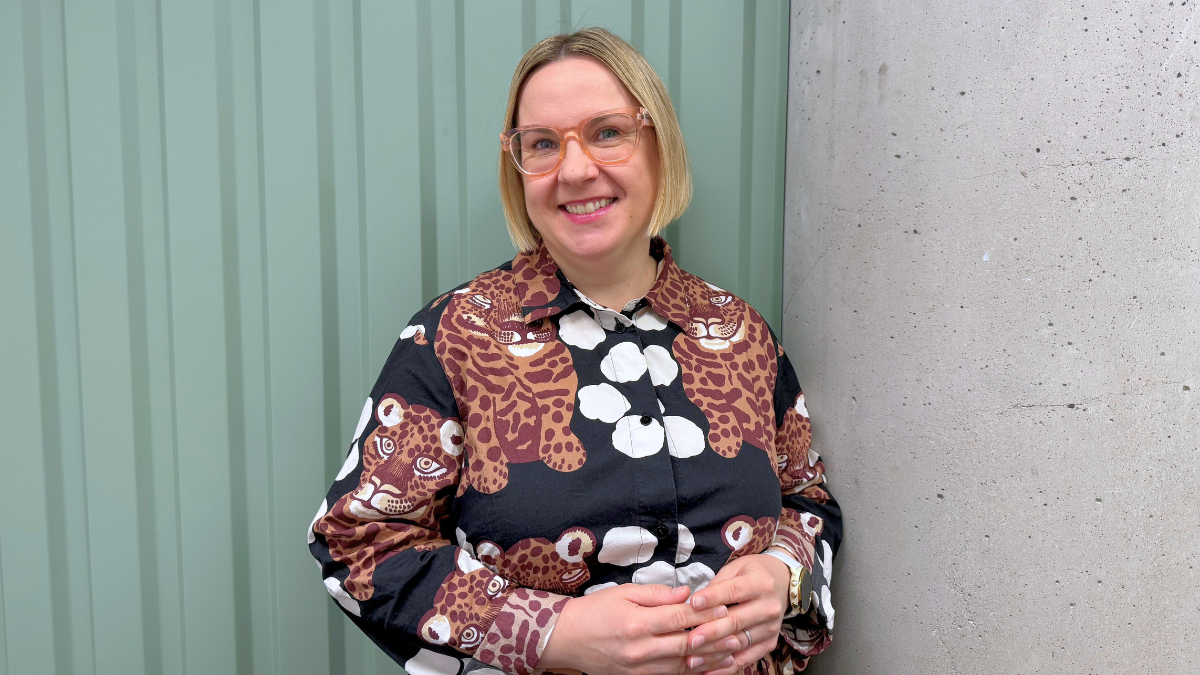Read next


The private equity industry has experienced tremendous growth during the past decades. Especially the last five years of the 2010s have seen global assets under management doubling from USD 2.2 trillion at the end of 2014 to USD 4.4 trillion at the end of 2019, according to Preqin. Buyout is the dominant form of private equity investing as it constitutes ca. 50% of total private equity assets under management. In Europe, rapid growth of the industry has led to aggressive growth in sizes of successive buyout funds – 91% in my sample on average – especially for more successful fund managers. However, LPs in particular have expressed their concerns over GPs scaling their funds rapidly and contemplated how this affects performance of the follow-on funds. In my master’s thesis, I tried to answer that question.
My studies in the Industrial Engineering and Management programme at Aalto University emphasized themes such as strategy, entrepreneurship, finance and operations, all of which are extremely intriguing. Private equity ideally combines all these subjects, which motivated me to pursue a career in private equity and write a master’s thesis about a topic relevant to PE practitioners. After a thorough investigation of previous literature and several discussions with investment professionals on both LP and GP sides, I found that there is a gaping hole in knowledge regarding the relationship between fund growth and subsequent fund performance.
Prior literature has shown that there are large differences – up to staggering 30-40 percentage points in terms of net IRR – in returns between the top and lowest performing buyout fund managers, and that these returns are persistent. In other words, a GP that generates top quartile returns in current fund is most likely to repeat similar relative performance in the follow-on fund, as well. This effect of performance persistence is found to be even stronger for bottom quartile performers. These highly interesting findings motivated me to study which factors drive fund performance and its persistence.
It turned out that – even though the determinants of fund returns and performance persistence have been widely studied – previous research had mainly focused on studying the impact of fund size on fund returns in general (i.e., economies of scale), as well as other non-size-related drivers such as skills of the GPs, macroeconomic conditions and investment behaviour. Despite being a topic of high relevance, little research on the effect of fund growth on subsequent fund performance on an individual GP level had been conducted. Based on the findings of prior research, I hypothesized that the relationship between fund growth and follow-on fund returns is negative; for instance, due to lack of high-quality deal flow, constraints in managers’ capacities in terms of time and advice as the number of investments increases, or due to change in the required managerial skills as the investment sizes increase.
I tested my hypotheses with a data set consisting of 263 European buyout funds for which follow-on funds could be identified, including vintages between 1985 and 2015. The data revealed a clear pattern: the most successful managers tend to scale their follow-on funds most aggressively, but also experience the largest decreases in returns of the follow-on funds. This correlation between fund growth and deteriorating returns has commonly been interpreted as evidence of fund growth causing decreasing returns. Nevertheless, the main findings of my thesis suggest that the diminishing returns of the subsequent funds are, in fact, caused by mean-reversion of abnormally high returns generated in the preceding funds rather than fund growth per se. The negative effect of fund size growth on follow-on fund performance is found to be very minimal and statistically insignificant.
Overall, the results of my thesis have important implications for both GPs and LPs that are struggling with decisions related to fund growth in the rapidly growing private equity industry. As the most recent evidence supports the perception that, despite clear correlation in data, the decrease in returns of the follow-on fund is not caused by fund growth, the doubts of LPs over fund growth and its detrimental effect on follow-on fund returns do not seem to be warranted. These findings could also support GPs’ rationale to raise larger follow-on funds without significantly undermining their performance as a result.
Finally, an important remark must be made about the results of this study and their implications for the Finnish PE market participants – the main audience of this blog text. The vast majority of the sample used in this study consists of funds that operate outside Finland and report median and average growth numbers of 70% and 91%, respectively. Such figures are more common among funds that operate on or are expanding to larger or less saturated markets where aggressive fund growth is possible without a clear trade-off between fund growth and, e.g., number of high-quality investment targets. In certain smaller local markets that are highly competitive, such as Finnish mid-market buyout space, fund growth figures tend to be more moderate due to limited market size, i.e. the number of potential investee companies in certain size range. Therefore, it should be noted that the results presented here may not be the most applicable to funds operating solely in Finland. In order to better understand such fringe markets, more research is warranted.
Nikke Mikkonen, CapMan Growth, is the Honorary Award winner of FVCA (Pääomasijoittajat) Master Thesis Competition 2021.
